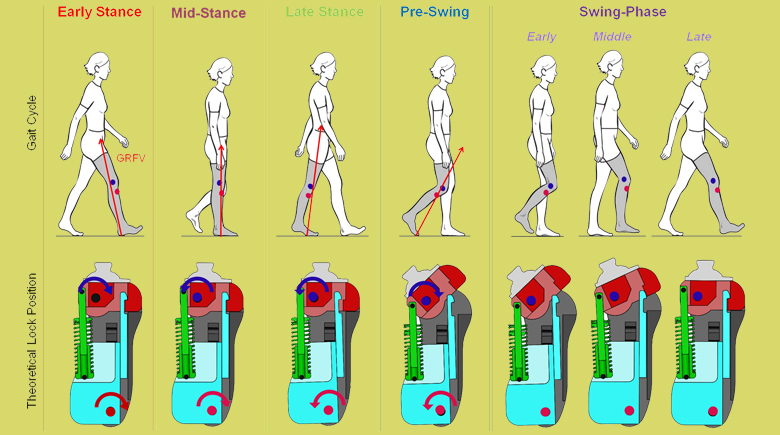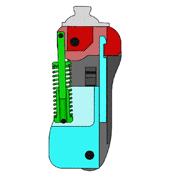
Biomechanical models can inform design and optimization of prosthetic devices by connecting empirically-derived biomechanical data to device design parameters. A new method is presented to characterize the function of prosthetic stance control under mobility conditions associated with activities of daily living. The method is based on a model of the gait modes corresponding to finite stance control states. Empirical data from amputee and simulated gait were acquired using a custom-built wearable instrument and input into the model. The modeling approach was shown to be robust, responsive and capable of accurate characterization of controller function under diverse of locomotor and prosthetic setup conditions. Future work is focused on the development of a fully self-contained wearable system, to facilitate collection of large data sets across a variety of user demographics, controller designs, and activities of daily living. The method offers predictive capability, which can assist in the virtual testing of new designs or modifications. The method is empirically and model driven, linking human/prosthesis biomechanics to design parameters of the controller. The expansion of this approach as a useful tool in the study and optimization of prosthetic designs will focus on predictive capabilities. The strength of the methods includes both a simple and intuitive quantification and presentation of control states, driven by static models of determined complexity, and more readily-attainable empirical data capturing function under diverse mobility conditions. Strengths also include the potential to predict influences of design alterations on the performance of the human/prosthesis system. Such capabilities can be invaluable in the design and optimization of prosthetic designs for real world application.

